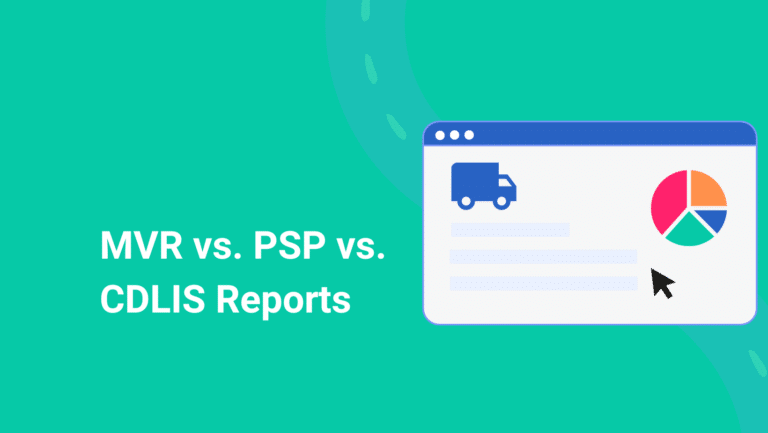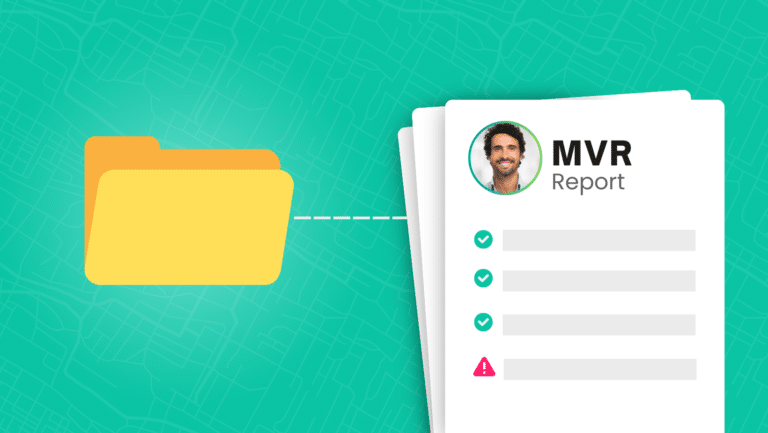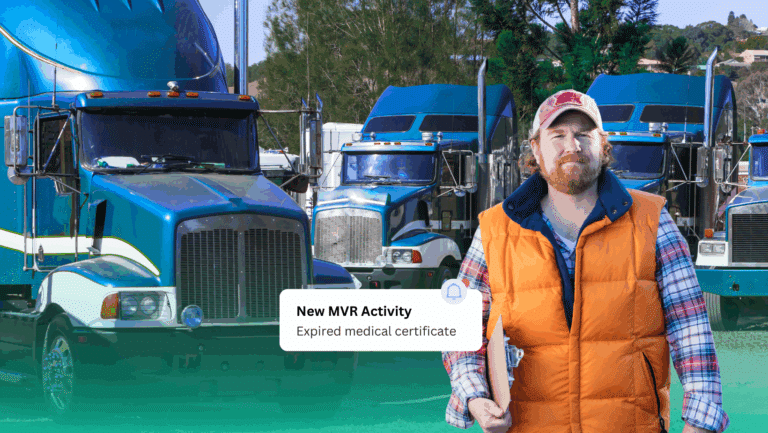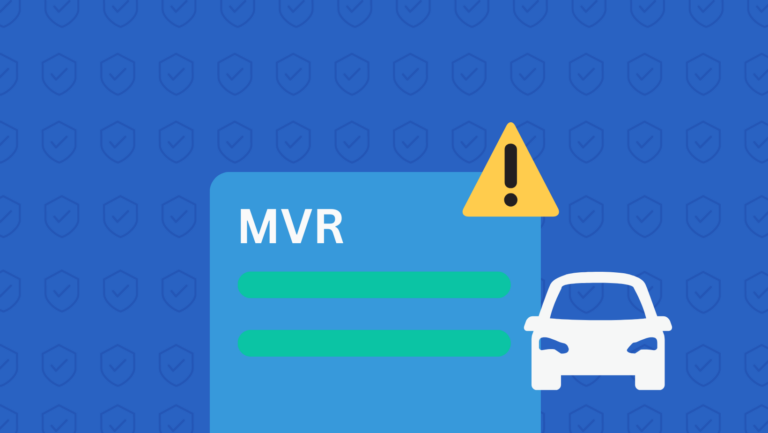Driver Coaching 101: From Bad Habits to Better Driving
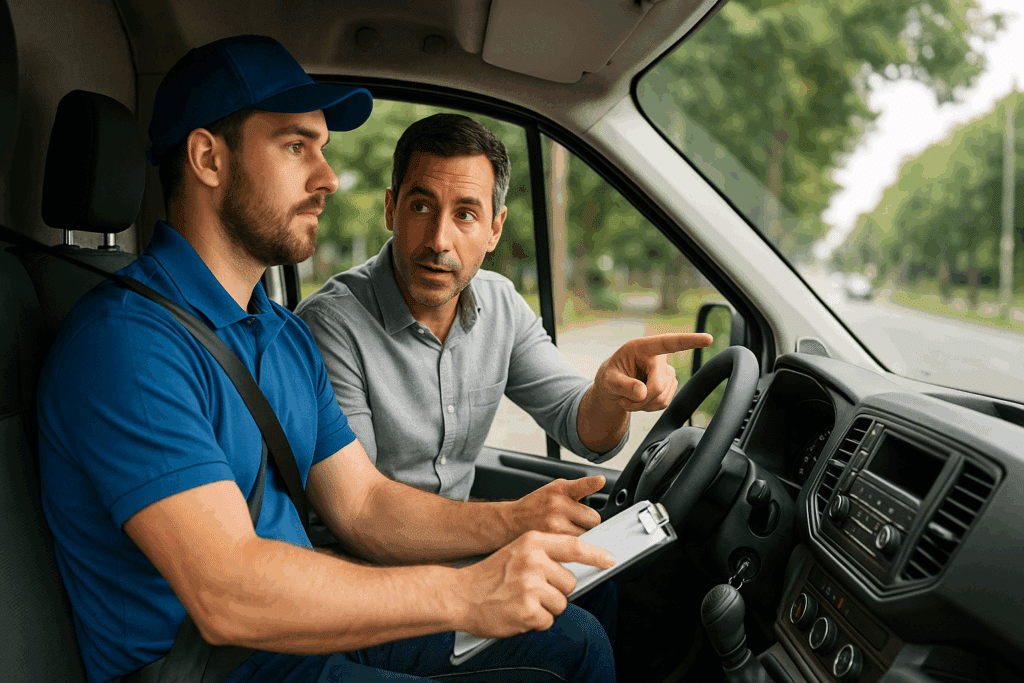
Are you struggling to connect with your drivers? You’re not alone, and the answer isn’t more discipline; it’s better conversations.
Think of driver coaching as a dialogue, not a confrontation. When done consistently and backed by real-time data, it becomes one of the most powerful tools in your safety toolbox. In this blog, we’ll walk through when to coach, how to coach for change, and why catching issues early can make all the difference.
What is Driver Coaching?
Driver coaching is a proactive approach to improving driver behavior through feedback, guidance, and training. The goal is to turn mistakes into learning opportunities.
Effective driver coaching invites employees into the process, helping them understand the risks behind their actions and how to correct them.
When Should Coaching Happen?
- After an incident, violation, or crash
- During onboarding or safety refreshers
- When patterns emerge in telematics or fleet technology reports
- Regularly, as part of monthly or quarterly check-ins.
Early Intervention Makes Driver Coaching More Effective
Catching risky driving habits early really makes a difference when it comes to driver coaching. Tools like MVR Monitoring and telematics give you a heads-up the moment risky behavior starts to show up, so coaching can happen when it’s most effective. When you give feedback soon after an issue pops up, drivers can see exactly how their actions connect to the consequences.
For example, if a driver gets a speeding violation this week and you address it right away, it’s easier for them to understand what happened and adjust before it becomes a habit. But if you wait months to bring it up, that risky behavior might already be routine and harder to fix.
Read more: Can MVR Monitoring help detect distracted driving trends?
How to Coach for Change
This framework can help you build effective driver coaching that genuinely resonates with your drivers, making those conversations more productive, impactful, and personal.
1. Lead with Respect, Not Blame: Start every conversation with positive intent. Let your drivers know the goal isn’t to punish, but to protect: “I want to make sure you get home safe every day. Let’s look at how we can avoid any risk on the road.”
2. Connect to What Matters Most: Remind your drivers why change matters, not just for the company. It’s about ensuring they get home to their families, keeping their CDL in good standing, and protecting their job.
3. Let the Data Speak: Rather than relying on assumptions, use facts and show them. MVR reports, telematics alerts, and violation trends provide objective, concrete insights into their performance.
4. Ask First, Don’t Lecture: The best coaching happens through questions. Instead of listing what went wrong, start with curiosity:
- “What do you think happened here?”
- “Was there anything that could’ve been done differently?”
- “What would help you avoid this in the future?”
This invites ownership. Drivers are more likely to change behavior they’ve helped diagnose and solve.
5. Focus on Small, Specific Wins: Don’t try to fix everything at once. Identify one behavior to improve and work on that first. Instead of “You need to drive more safely,” try “Let’s aim for no speeding alerts this week.”
6. Create a Follow-Up Plan: Coaching should lead to action. Once you’ve had the conversation, outline the next steps together. This could include:
- Assigning driver training lessons
- Setting a follow-up check-in date
- Tracking progress through MVR Monitoring or telematics reports
- Offering a ride-along or mentorship session
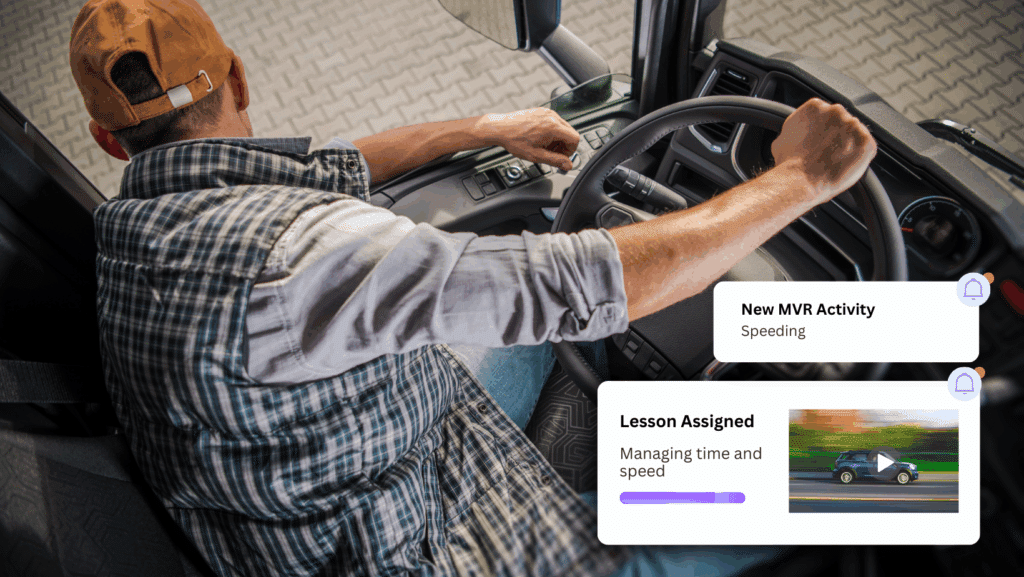
7. Reinforce Progress: Change takes time, and encouragement matters. Acknowledge even small improvements:
- “You’ve had no violations this quarter—great job staying alert.”
- “I can see you’ve been braking more gently—keep it up.”
Positive reinforcement is as powerful as corrective feedback, and often more effective.
How to measure results?
You don’t need a complex dashboard to know if coaching is working. Look for fewer violations, safer trends in telematics or MVR Monitoring reports, and steady progress over time.
It may not happen overnight, but small, consistent gains are a clear sign you’re moving in the right direction.
With the right approach, the right tools, and a little consistency, even your riskiest drivers can become your safest.


